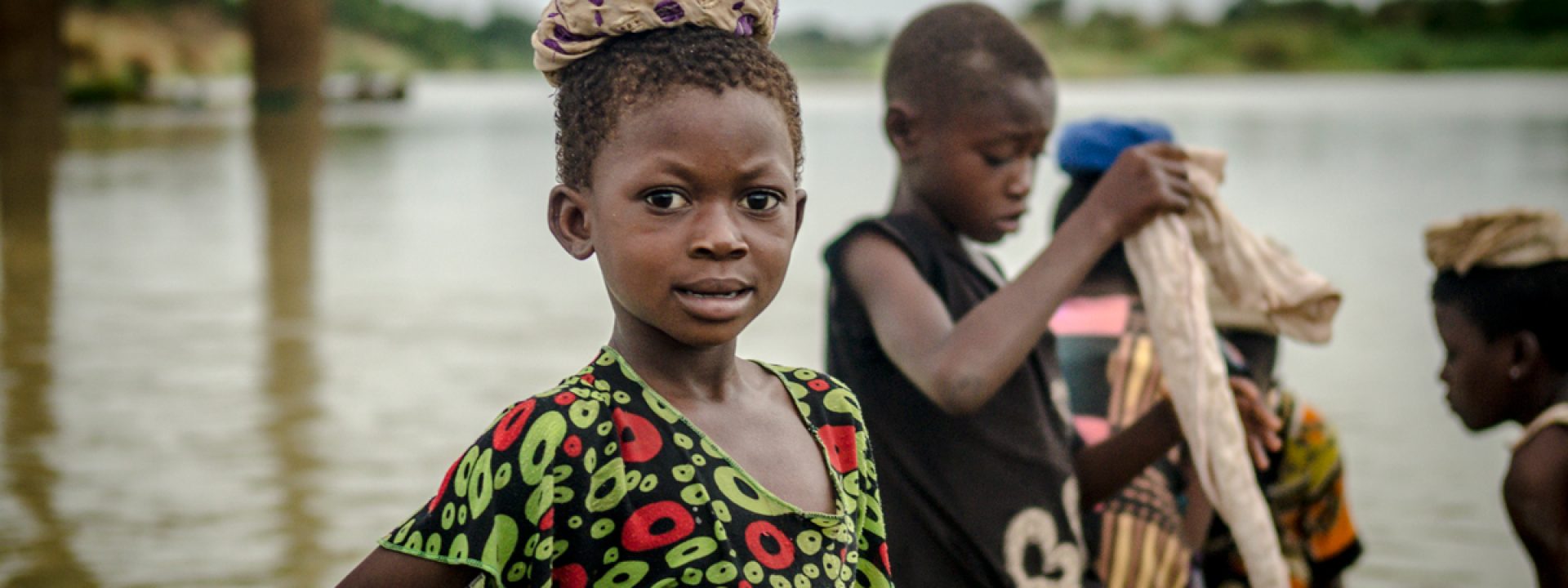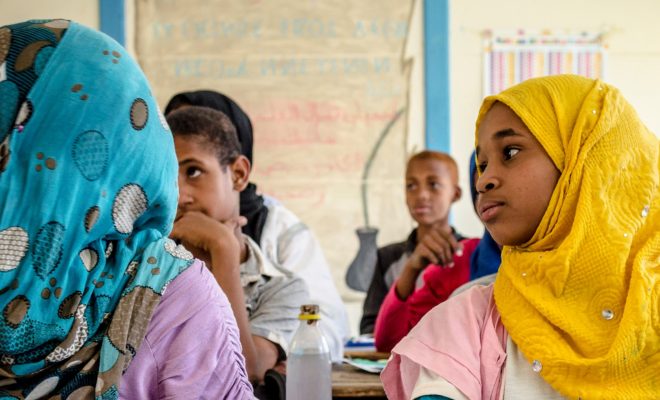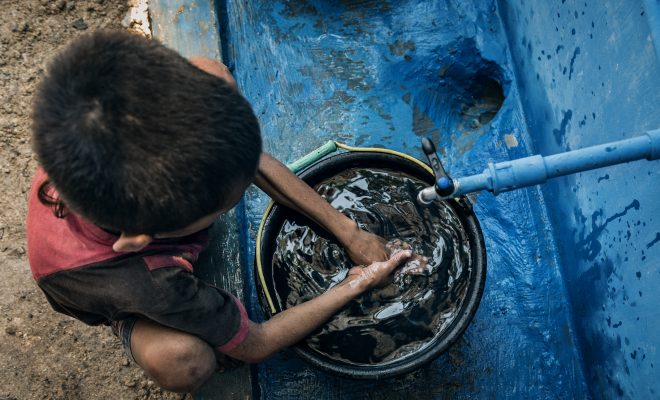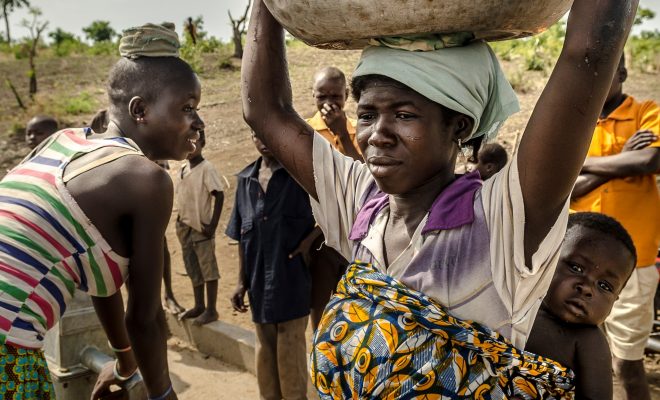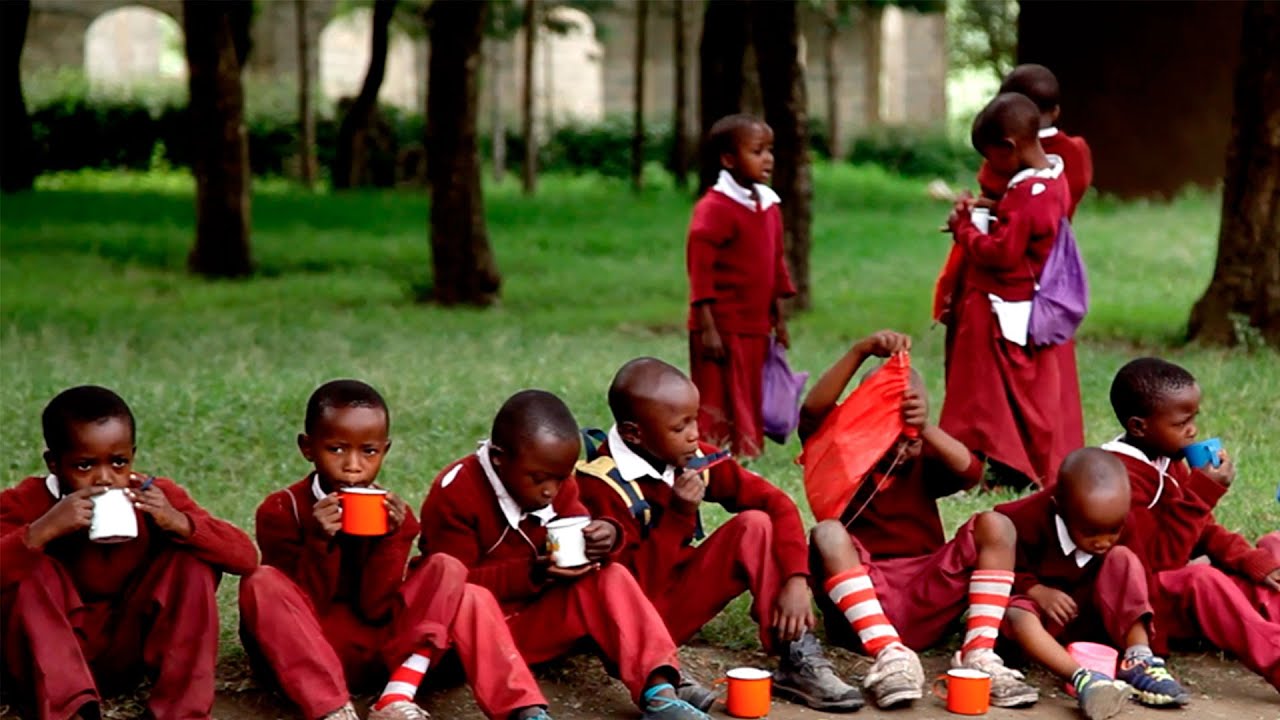
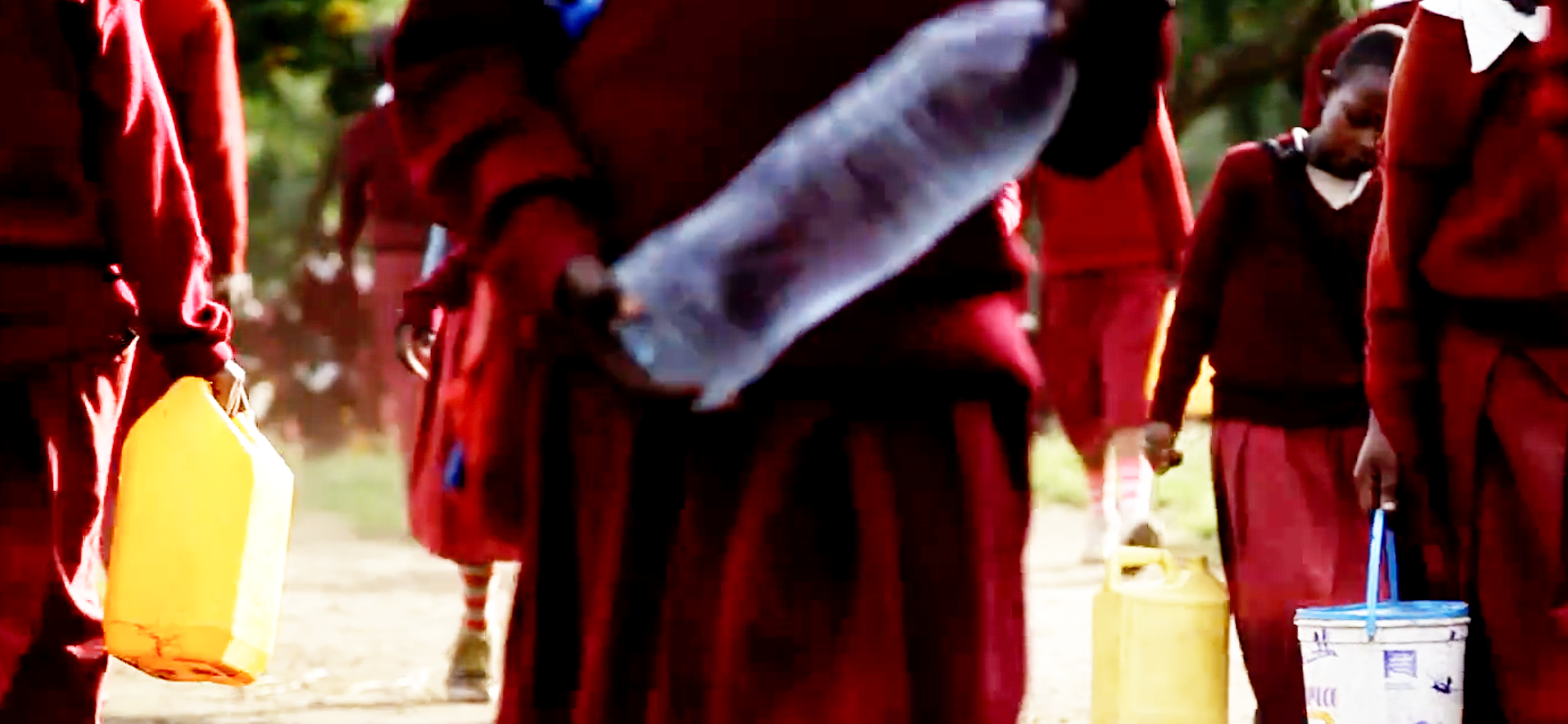
The lack of supply in some Tanzanian schools has forced students to bring their own water to class every day.
According to data included in a report by the Uwezo organization in Tanzania, less than half of the public primary schools in the African country had access to drinking water in 2015, and nearly two thirds lacked adequate sanitation. Only 4 in every 10 schools had a water supply system, 3 in every 10 had safe water wells and approximately one in every 10 was obliged to collect water from rivers and springs for their students and staff. According to Uwezo, on average, schoolchildren in Tanzania spend around 17 minutes fetching water during school hours. In rural areas, this is about 20 minutes, in urban areas only eight. The Government has tried to improve the situation, but World Bank data show there is a long way to go.

Water is not Life, by Redbird, micro-documentary finalist at the We Art Water Film Festival 5.
This short film showcases the seriousness of this situation in the schools in Legijage and Olbaq where, in times of low rainfall, management is obliged to ask their students to bring a drum with five liters of water to school every morning. This extreme solution will allow the school staff to cook food and give their students something to drink. The remaining water will be used by students for their precarious personal hygiene.
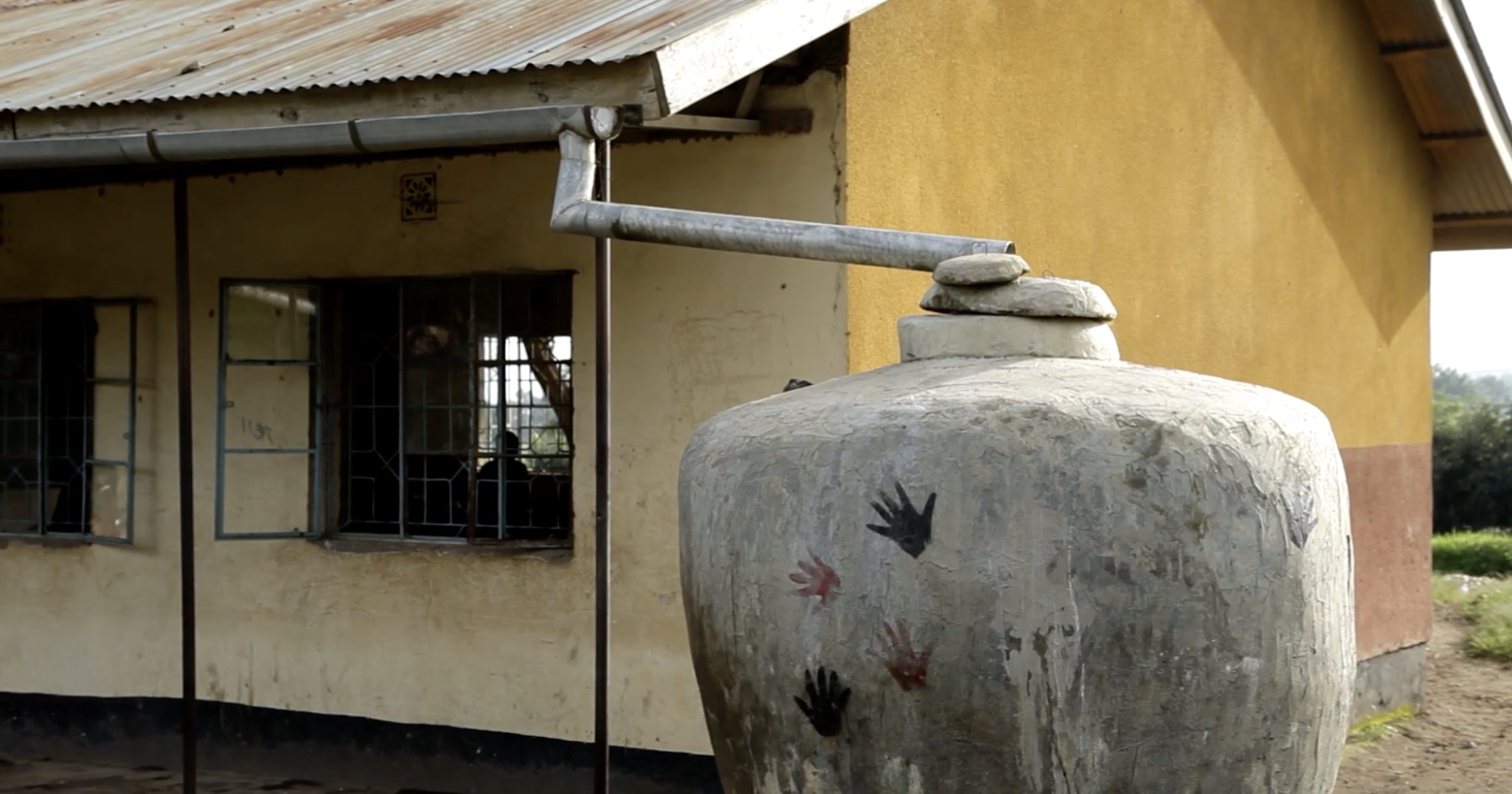
Water stress for schoolchildren in many East African schools that depend on rainwater to ensure hygiene and nutrition for their students and teachers.
Without water, lower school performance
Many areas in East Africa are far from the WHO recommendations of one toilet for every 25 girls and a toilet/latrine for every 20 boys. The access to handwashing facilities is always limited in many schools. The report elaborates on the close relationship between the access to water and school performance.
Almost 57% of the children aged 9 to 13 in schools with access to drinking water passed the Swahili reading test (language spoken in Tanzania and Kenya), compared to 43% of children in schools without water supply. Likewise, 27% of children in schools with access to drinking water passed the English reading tests compared to 16% of children in schools without access to water. Similar results were achieved in arithmetic: 43% of the students with access to water passed the test, while only 32% did the same in schools with no access to water.
These results coincide with similar studies carried out by the WHO and UNICEF, which state that there are currently nearly 570 million boys and girls all around the world without water in their schools, while around 620 million are obliged to defecate in the open, in buckets or improvised latrines.
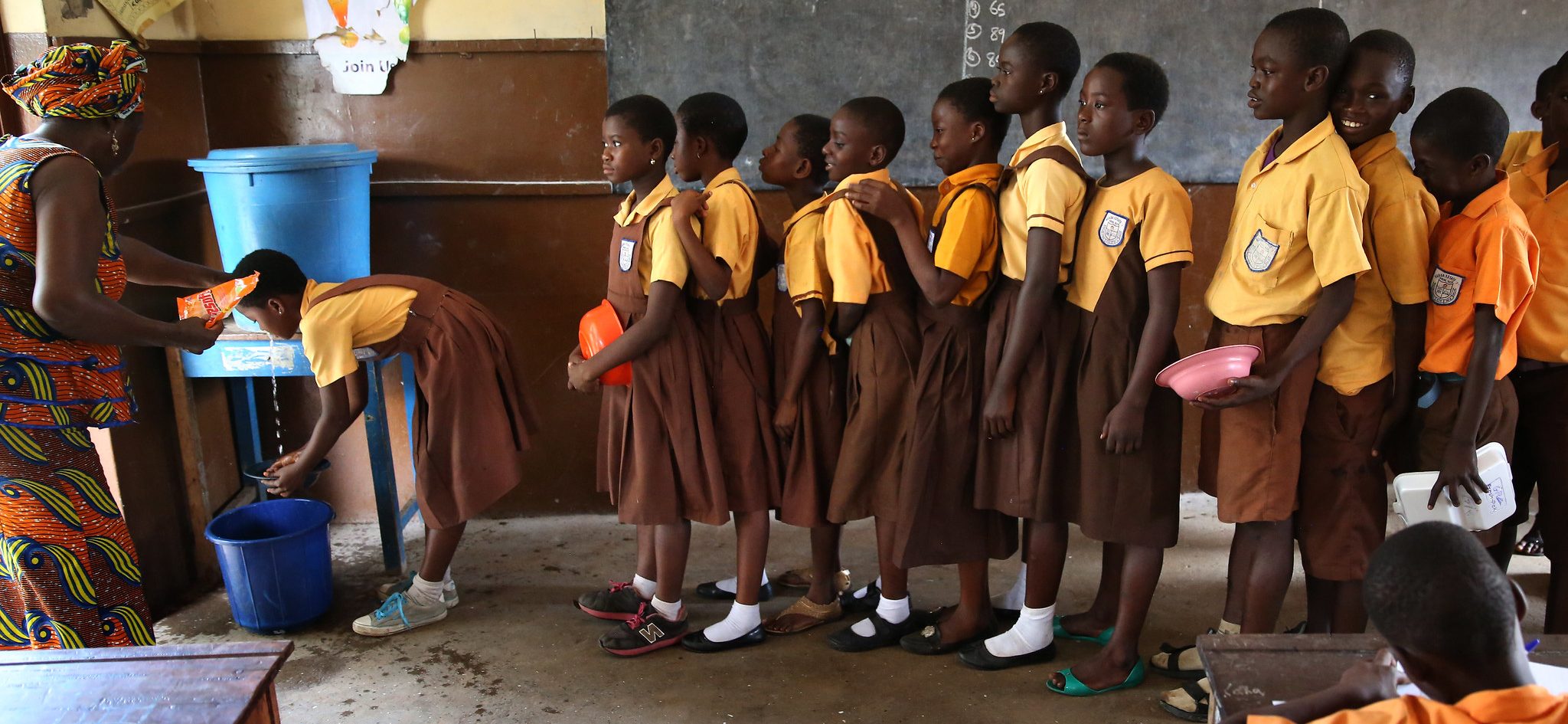
With water in schools we will be able to attain SDG 4: quality education for all. © Dominic Chavez/World Bank
In the article With sanitation, education is possible we explain why solving this scourge is vital to help the most disadvantaged countries leave poverty behind and attain all SDGs. Our projects in schools, which have benefitted more than 205,000 schoolchildren and teachers, have provided us with valuable experience that gives us a broad vision of the multiple and dire consequences that any community suffers in the absence of safe water, sanitation and hygiene facilities in schools. This is vital and urgent, especially since the coronavirus pandemic has worsened the situation of millions of schoolchildren all around the world.


